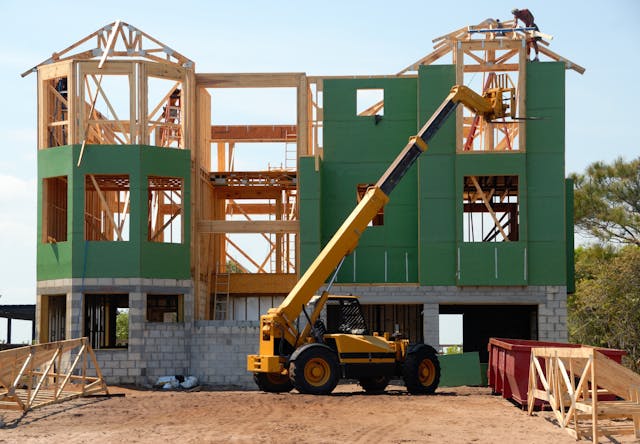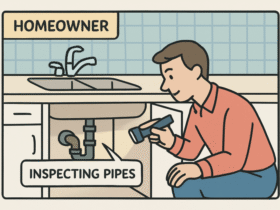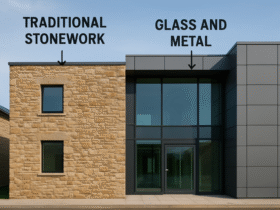Building your own home sounds exciting. A fresh start, complete control, and the chance to create something that’s totally your own. However, things don’t always go as planned. In fact, there are a few common mistakes that catch people out all the time, and they can cost you time, money, and peace of mind.
Choosing the Wrong Home Builder
This one’s huge. Pick the wrong builder and the whole project can unravel — delays, hidden costs, shoddy finishes, and a lot of stress. Many people make their decision based on the lowest quote or a quick first impression, without digging into the detail.
Price is important, but if one quote is dramatically lower than the others, that’s usually a warning sign. It can mean the builder is cutting corners or leaving out key costs that’ll show up later. Others don’t check credentials properly, assuming a friendly face or a nice display home is enough proof of reliability. It’s not.
Then there’s the rush. Excitement takes over, and people make snap decisions. But your builder isn’t just a contractor. They’re responsible for bringing your entire vision to life, and you’ll be dealing with them for months, which is why you need to go for a reputable and trusted home builder, like homegroup.com.au/melbourne.
Take your time. Ask questions. Get everything in writing. And don’t sign anything until you’ve reviewed every detail, including what’s included and what’s not.
Underestimating the Budget
Here’s the reality: the base price is rarely the final price. People often overlook everything that sits outside the standard inclusions. Site costs, driveways, fencing, landscaping, even basic upgrades like taps or flooring — it all adds up.
And then there are the unexpected things. Soil conditions that require extra work. Council fees you didn’t see coming. Delays that force you to stay in temporary accommodation longer than planned.
The safest move? Build in a buffer. Somewhere between 10 to 15 per cent extra is a smart starting point. It gives you breathing room when costs creep up (because they will), and it means you won’t be forced into last-minute compromises that you regret later.
Designing for Looks, Not Lifestyle
This is where people get caught up in Pinterest boards and glossy display homes. They see something beautiful and assume it’ll work for them. But good design isn’t just about how it looks; it’s about how it works.
Think about your daily habits. Where do you spend time in the mornings? How do you cook dinner? Do you work from home? Do you have pets? These are the things that should shape your layout, not just trends.
Orientation matters too. A house flooded with natural light feels completely different to one that’s always in shadow. And details like where power points go, or whether your laundry is actually usable, will affect your comfort every day.
Form matters. But function is what makes a house feel like home.
Making Changes Too Late
It’s normal to second-guess your choices, especially with something this big. But changes late in the build? They can be a nightmare.
Even small tweaks like moving a wall or changing tiles can cause ripple effects. Some might need new permits. Others could delay multiple trades. And once construction is underway, even minor adjustments become far more expensive to action.
You’ll save yourself a lot of stress by locking in decisions early. Don’t rush approvals. Sit with your plans for a few days. Walk yourself through each room and how you’d use it. The more confident you are up front, the less you’ll want to change later.
Not Showing Up on Site
A lot of people assume once the plans are signed, it’s all out of their hands. They leave everything to the builder and only show up when it’s time to do a final walkthrough.
But if you’re not checking in, small issues can go unnoticed until it’s too late to fix them easily. Miscommunications happen. Sometimes the wrong tile goes in, or a window ends up in the wrong spot. If you’re not around to spot it early, you’re stuck deciding whether to live with it or pay to have it redone.
You don’t need to hover or micromanage. But visiting during key stages — like after framing, or before plaster goes up — can make a big difference. You’ll catch things while they’re still easy to fix. And you’ll stay more connected to the build, which helps make the whole process feel smoother and more in your control.
One Last Thing to Think About
Building your dream home is a big deal. It should be exciting. But it also needs to be realistic. The best way to stay in control is to slow down, plan ahead, and surround yourself with the right people.
Don’t be afraid to ask questions. Don’t rush the process. And don’t assume everything will just fall into place.
Avoid these common mistakes, and you give yourself the best chance of walking into a finished home that feels exactly right — no regrets, no nasty surprises. Just a house built around you.







